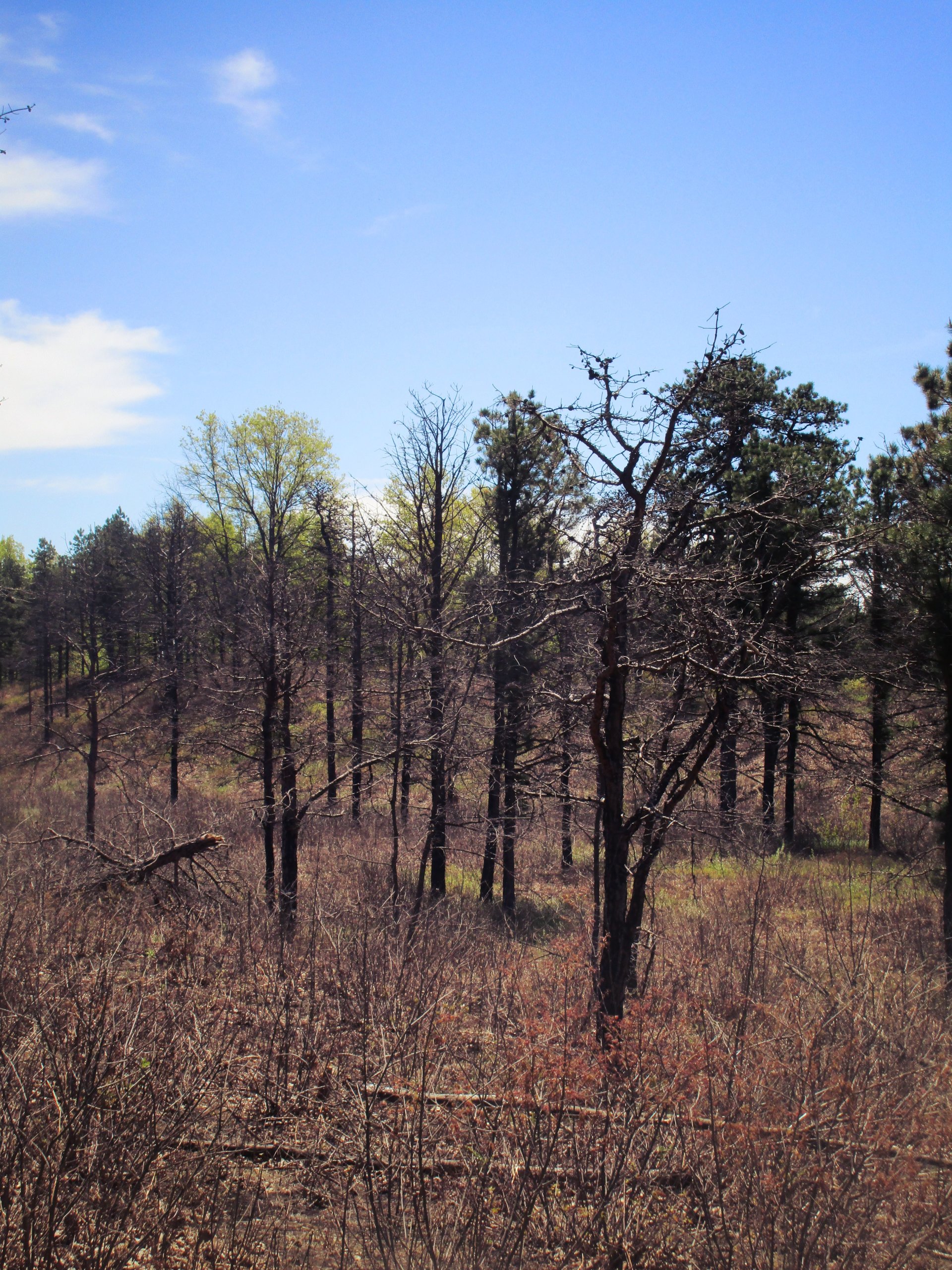ALBANY, NY — Save the Pine Bush and the Alliance for Environmental Renewal have filed a notice of intent to sue Pyramid Crossgates over its violation of its waste water permit for the past three years. Pyramid Crossgates has a State Pollution Discharge Elimination System (“SPDES”) Permit 0107930 to discharge sodium into the Krum Kill. During the winter months for the past three years, Crossgates has exceeded its permit limits.
Save the Pine Bush (SPB) and the Alliance for Environmental Renewal (AER) are concerned that the New York State Department of Environmental Conservation will ignore these serious permit violations and come to a settlement with Crossgates, ending the legal action. The Clean Water Act requires 60 days notice prior to filing a citizen suit over the SPDES violations. During this 60-day period, the NYS Department of Environmental Conservation has the exclusive authority to institute an enforcement action. The Department may choose to act in good faith and impose an appropriate significant penalty or it may enter into a sweetheart agreement letting Crossgates off for a token penalty. While action by the department may preclude the lawsuit by SPB and AER, we hope if the department acts, that their action will recognize the seriousness of the violation and the recalcitrance of Crossgates and will not be influenced by the relationship of Pyramid and the State.
The Federal Clean Water Act authorizes penalties of up to $25,000 per day. By pursuing this litigation, SPB and AER will send a message to Crossgates that water pollution is not acceptable and such serious violations will not be tolerated.
The exceedences of salt are due to the salting of the parking lots surrounding Crossgates during the winter months. Because Crossgates decided to build the mall catering only to car traffic, it has large parking lots to maintain. Had Crossgates advocated for better mass transit to its site, and made good accommodations for bicycle and pedestrian access, they would not need to pollute the Krum Kill with salt.
Pyramid Crossgates is a rich, powerful, and politically connected corporation. Crossgates is a large shopping mall, located on what was once over 180 acres of rare Pine Bush ecosystem. The hearing officer for the original environmental hearings when the project was proposed, found against Crossgates and ruled against its construction. The hearing officer was over-ruled by the Commissioner of Environmental Conservation.
Pyramid Crossgates has appealed its tax assessment almost every year since it was built.
Most recently, the company that owns Crossgates, Pyramid, sought $600 million from the New York State government to expand its Carousel Mall in Syracuse New York. The funding was not approved.
Crossgates made national news last February, when it ordered a one if its guards to have a customer arrested for wearing a T-Shirt with a peace message.
Excess discharge of sodium is a health hazard. According to the EPA’s report, Drinking Water Advisory: Consumer Acceptability Advice and Health Effects Analysis on Sodium, published in April 2002, “Sodium is present in road deicing chemicals . .. . These uses contribute significant quantities of sodium to water.” This EPA report recommends reducing drinking water to contain between 30 and 60 mg/L of sodium.
Excess sodium is one of the causes of hypertension, a serious health condition for people.
Excess sodium chloride can have a serious affect on aquatic systems by disrupting osmosis in aquatic animals, and acid and water balance. Excess sodium chloride can affect soil systems by making clay soils more dense, which prevents seedlings from growing. Excess sodium inhibits water absorption in plants, which reduces root growth, and can inhibit long-term growth.
The higher the concentration of sodium, the more the watershed is impacted. In addition, the cumulative impacts of sodium on the watershed need to be considered.
The Pine Bush is a rare ecosystem of pitch pines and scrub oak located on gently rolling sand dunes. Once covering 58,000 acres, the Pine Bush ecosystem is now only 5800 acres in size. Of these remaining acres, only 2950 acres are dedicated to the Preserve. The Pine Bush is home to the Karner Blue butterfly, a federally and state listed endangered species. Once millions of Karner Blues made their home in the Pine Bush. The Environmental Protection Agency has noted that the decline in the population of Karner Blues is due to destruction of its habitat. Less than 1000 Karner Blues survive today in the Pine Bush.
Save the Pine Bush is a not-for-profit organization dedicated to preservation of the Pine Bush. Consisting totally of volunteers, Save the Pine Bush has been fighting destruction of this beautiful ecosystem for 25 years.
